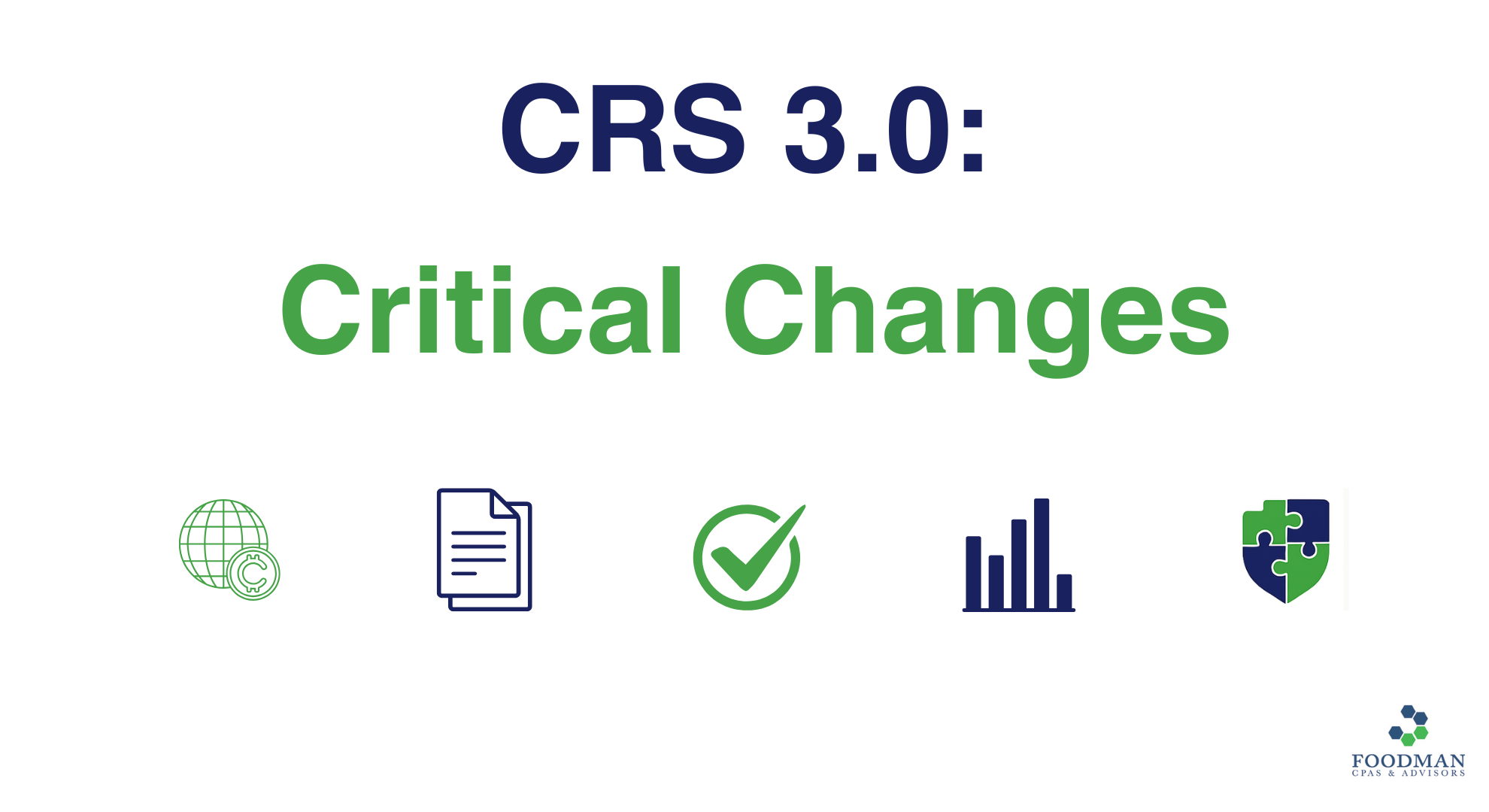In 2024, the OECD introduced a major update to the Common Reporting Standard (CRS), known as CRS 3.0. While formally adopted in 2024, 2025 is a critical transition year for financial institutions and jurisdictions preparing for mandatory compliance beginning January 1, 2026, with the first reports due in 2027.
For compliance officers, family offices, and financial institutions in LATAM, this update is far more than procedural—it is strategic, urgent, and foundational to maintaining international credibility.
CRS 3.0 reflects the evolution of global tax transparency and cross-border regulatory alignment. As scrutiny from tax authorities and banking partners intensifies, LATAM-based compliance teams must act now to identify and close gaps in their systems, processes, and data frameworks.
Why CRS 3.0 Matters
CRS 3.0 enhances the depth, accuracy, and scope of information shared between jurisdictions. The updates specifically impact:
- Digital financial products, including e-money and crypto assets
- Controlling persons with complex or multiple tax residencies
- Dual-reporting frameworks (CRS + FATCA)
- Due diligence standards for onboarding and monitoring
These aren’t just technical changes—they demand a fundamental shift in compliance strategy, particularly for institutions operating across borders or serving international clients.
In LATAM, where regulatory harmonization is still developing, the shift to CRS 3.0 places substantial pressure on banks, wealth management firms, and trust entities to modernize compliance infrastructure and adopt globally aligned frameworks. Inaction carries real risk—loss of market access, reputational harm, and regulatory enforcement.
Key Reasons CRS 3.0 Is Important for LATAM
- Maintaining Access to Global Financial Markets: Compliance with CRS and FATCA is essential for LATAM institutions to preserve correspondent banking relationships and participate in the international financial system. Non-compliance can lead to penalties, reputational damage, and exclusion from global networks.
- Regulatory Complexity and Fragmentation: The region is marked by inconsistent legal frameworks and reporting standards. CRS 3.0’s expanded scope makes coordination across departments and jurisdictions even more complex.
- Resource and Infrastructure Constraints: Many LATAM financial institutions operate with limited budgets, lean teams, and outdated systems. CRS 3.0 magnifies the need for investments in compliance automation, RegTech, and employee training.
- Language and Communication Barriers: CRS guidance is typically issued in English. Effective internal communication in Spanish and Portuguese is crucial for accurate implementation and staff alignment across LATAM institutions.
- Data Collection and Accuracy: CRS 3.0 demands clean, verified, and complete client records. Many institutions will need to overhaul outdated onboarding procedures and increase client outreach and documentation reviews.
- Increased Regulatory Scrutiny: Regional tax authorities are enhancing audit practices and increasing penalties. CRS 3.0 raises the stakes, making internal control systems and audit readiness essential for survival and scalability.
- Digital Transformation and Inclusion: As LATAM undergoes rapid digitalization, CRS 3.0’s coverage of fintech and digital assets creates urgency for institutions to expand compliance into new product categories and systems.
Broader Economic and Policy Context
- Tax Transparency and Revenue Mobilization: The OECD notes that tax transparency has already helped LATAM governments recover significant revenue. CRS 3.0 strengthens this effect and reinforces efforts to combat evasion, money laundering, and illicit financial flows.
- Integration with International Standards: As LATAM deepens its role in global tax cooperation, aligning with CRS 3.0 ensures credibility, access to information networks, and a seat at the table in international finance.
What Compliance Teams Should Do in 2025
2025 is the time to prepare. Financial institutions that use this transition year to upgrade systems, train teams, and review processes will be better positioned to meet 2026 reporting requirements—and to lead with confidence.
At Foodman CPAs & Advisors, we work with LATAM-based institutions to:
- Conduct CRS 3.0 gap assessments
- Build scalable internal control frameworks
- Develop localized compliance training
- Align tech systems with CRS 3.0 reporting formats
- Advise on dual-framework strategy for CRS + FATCA
In Summary: CRS 3.0 and the LATAM Imperative
CRS 3.0 raises the bar at a time when LATAM is facing both regulatory fragmentation and rapid financial transformation. Success requires agility, clarity, and cross-border expertise.
Whether you’re a regional bank, a private wealth platform, or a compliance leader supporting family offices—this is your window to get ahead.
Where Are Your CRS 3.0 Gaps?
At Foodman CPAs & Advisors, we specialize in helping organizations uncover risks and turn regulatory readiness into competitive strength.
Let’s start the conversation.
#CRS3 #RegulatoryCompliance #FoodmanCPAs #ComplexityAdvantage


